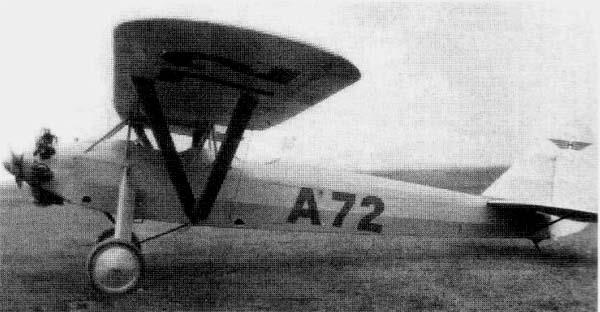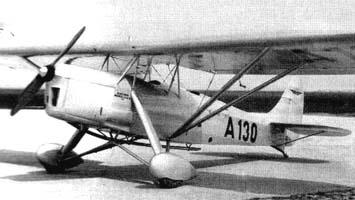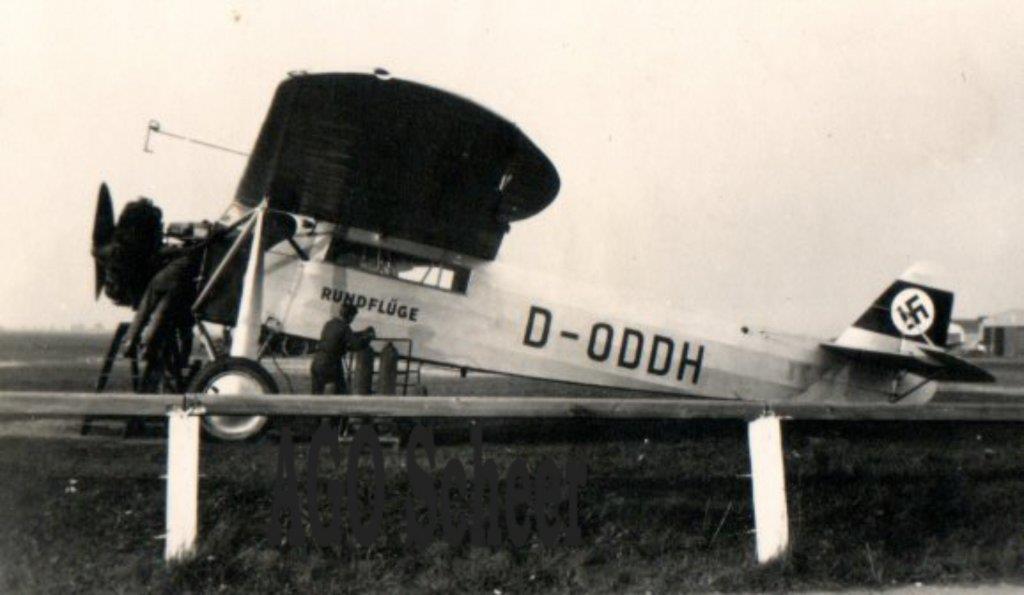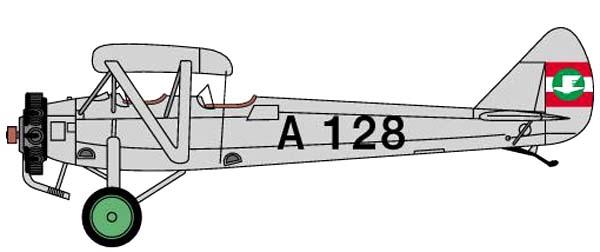The Hopfner HS-8/29 was a utility aircraft built in Austria in the late 1920s based on the Hopfner HS-5/28. It used a modernised version of its predecessor's airframe, being a conventional, parasol-wing monoplane with seating for two occupants in tandem, open cockpits. The landing gear was of fixed, tailskid type with divided main units. The first prototype used the same Walter NZ85 engine that the later HS-5/28s had used, but this was followed by 14 production examples with Siemens engines, and a single prototype with a de Havilland Gipsy III.
Continuing a line of successful light multipurpose aircraft HS.5/28 Theodor Hopfner developed its modernized version received the designation Hopfner HS.8/29 (HS.829). The plane was a two-parasol monoplane. The prototype aircraft (tail number A-72) equipped with Walter NZ85 engine power 85 hp, took off in 1929. After successful tests was released a small batch of five aircraft equipped with Siemens Sh 14A engine with 110 hp In 1930 he was commissioned another batch of 9 aircraft.
In 1932 he released a version of the aircraft (tail number A-130) with an engine de Havilland Gipsy III 120 hp The aircraft, the designation HS.829a (HS.832), was handed over to the Austrian flying club, where it was used until February 1935.
| Type |
1 + 1 trainer |
| Engine |
1 Siemens Sh 14a |
| Dimensions |
Length 7,70 m , height 2,40 m , span 11,26 m , wing area 18,0 m2 , |
| Weights |
Empty 470 kg, loaded 763 kg, max. take off weight |
| Performance |
Max.. speed 175 km/h, cruising speed 155 km/h , range 550 km |
| Type |
Werk.Nr |
Registration |
History |
|
21 |
A-49, OE-DRH, D-ODDH |
To Max Olbrich. After "Anschluss" it was delivered to the Depot (Zeugamt) in Erding/Bayern (Used for spareparts) |



